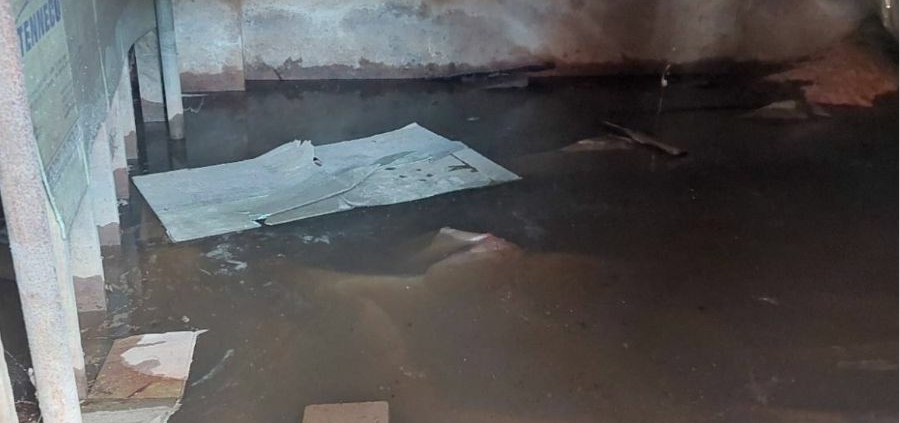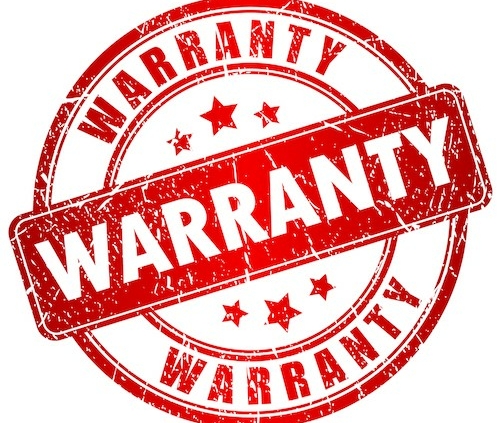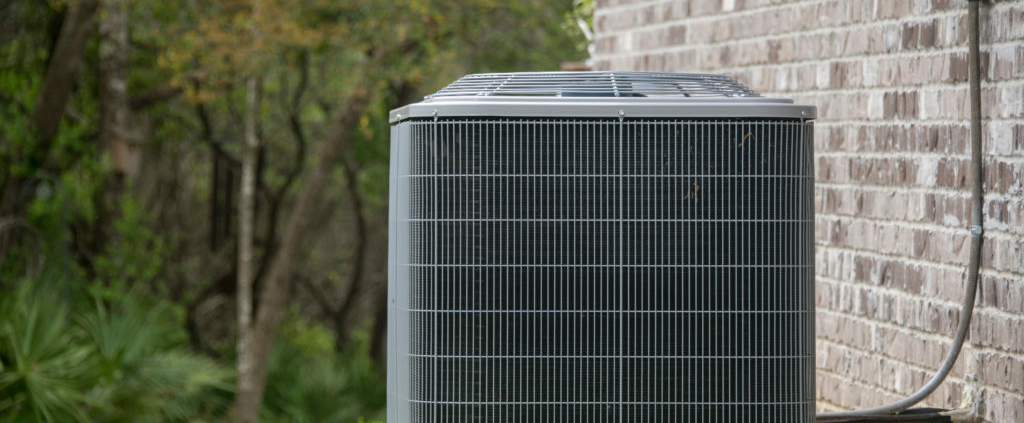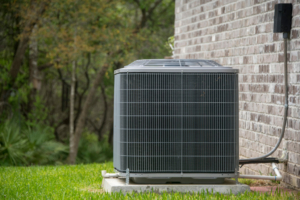A little bit about us: we always try to be accommodating of clients who want to attend their inspection, but things can get complicated when more people attend and an inspector’s liability anxiety meter can ping after we get a heads-up from the Realtor that “The Dad” will be there. We have some tips for you as a father who would like to be at the inspection:
- Help your family on-site
- Do research about the property
- Take a break
- Save all your questions for the end
The Realtor usually gives the inspector a heads-up when Dad is coming. The agent’s tone of voice changes and we can actually hear her posture change over the phone. We know now that we may have a helicopter Dad coming out to this inspection to pepper us with questions and we don’t want to seem rude, but we also don’t want to be distracted which not only would put our job at risk, but could put your kids in a bad way down the road if something crucial is missed.
Although it may seem exaggerated, let me paint the picture of this character as I have seen him many times before – and I know this is not most Dads, but in the words of “The Office” character Jim Halpert explaining the existence of Dwight to his roommate: “He is all too real.”

By the time we get to the inspection, Dad may have worn out his welcome with the agent, so as the inspector I give the benefit of the doubt to the Father because I know the agent is typically running on fumes by this point, and I’m usually correct in my assumption that Dad is just Dad. But every once in a while, a certain type of patriarch emerges and is involved in a very unhealthy way. Dad gives advice to the Realtor instead of the other way round. He has his buyer son and daughter-in-law circumvent the agent by making calls and appointments without communicating properly. Dad then believes his role at inspection time is to supervise the inspector and/or to help find things.
Obviously, this is less than ideal. For one, this process is supposed to be unbiased. You anything but. More importantly, shadowing the inspector presents a dangerous distraction that can lead to all sorts of problems in the inspection process including the inspector missing very important defects, or worse – you getting hurt.
The first step in preventing this is…not to attend. Depending on state law, you may not be allowed on the property anyway. Agents are required to be present if our clients are attending and it is impractical to expect the agent to use their day to drive to the house and sit there for three hours plus however long questions are going to take. There’s no discussing the inspection until the end of it, anyway so if you are coming out, then come at the end.
It should go without saying, but NEVER come out to a home inspection unannounced and without permission. You could be breaking the law and putting the buyers and the agent in an ethical predicament. Also understand that the code of ethics and state law prohibits us from sharing anything from the report with anyone who is not our client or our client’s representative. Unless your name is on the contract, we can’t share anything with you without permission from the undersigned.
As long as you go through the proper procedures of asking permission to attend the inspection and you have been allowed by the agent and the buyers (I know, it may be weird to get “permission” from your kids, but that’s where we are!) to attend, we welcome you! Now, here’s how you can help make this process not only smooth, but you can enhance it!
Help Out!
I always keep a spare measuring tape, but more than likely you would have brought one. Use it! Measure every room for furniture. Measure the laundry room and kitchen for needed appliances. Check out available storage space and the garage. Help your grown progeny vision cast for how to best use the space. If the inspector is so inclined, he may send you on a mission to check all the windows and hit the thermostat while he’s in the attic checking out the furnace. As an inspector, I have done this many times. (I once found a defective reversing valve one winter on a heat pump which is an above-and-beyond find that I could not have discovered alone.)
Do Research
Those areas that you measured for appliances – help shop for those appliances to make sure the right sizes are in the shopping cart. Next, research the local utility companies, the school district, where to go vote. Also, make sure to find out what day trash pickup is. Do they have yard waste pickup? What about curbside bulk pickup for when they pull out the old dishwasher to install the new one? Get a copy of the HOA bylaws. As a Dad myself, I would actually love this job.
Take A Break
You will be the hero of the day if you go out and get coffee for your kids and the agent. Chances are the inspector is already caffeinated or came equipped with nootropics, so don’t worry about him.
Save All Questions for the End
It may seem prudent to follow the inspector around to see what he is seeing or to ask him questions along the way, but this is not good. Inspectors literally have 400+ items to check and usually only a max of 4 hours to do it. We have to have a strict procedure to get this done and to do a great job, so any distraction can prove catastrophic. We also have to piece things together as we go with more complicated systems, and often research on-site, make a call, or send a text to a trusted expert to help us identify or better understand something or figure out how to best communicate our findings to our clients.
We always set aside time at the end to walk through everything, answer questions, walk around and look at stuff, etc. Save the questions for the end. Chances are your questions will be answered before you even need to ask them.
Two Other Tips: Watch Your Mouth; No Plus Ones
Homes today are under better surveillance than most government buildings. Watch what you do and watch what you say. Chances are high that you are being watched and listened to. Although this is very illegal for a home owner to do, it’s difficult to prove and it’s hard to stop them from doing it. This is one of the main reasons we highly discourage buyers from attending the entire inspection these days. Overheard conversations can turn against you when it comes time to negotiate.
Lastly, do not bring anyone else with you. Mom can’t come with you; aunts, uncles, cousins, siblings…this is where it would cross a line and, quite frankly, is very inconsiderate at best and illegal at worst. This is not time to show off the house, or to have a reunion, or to have your HVAC brother come “take a look at a few things”. Too many people in attendance during an inspection is a legal problem and insurance problem. This is a hard “no”.
You can really become an ally to the inspector for your grown kids. All it takes is a little humility and a willingness to be a teammate rather than a supervisor. Trust us! Not only are we professionals, we have kids of our own. We look forward to meeting you!








